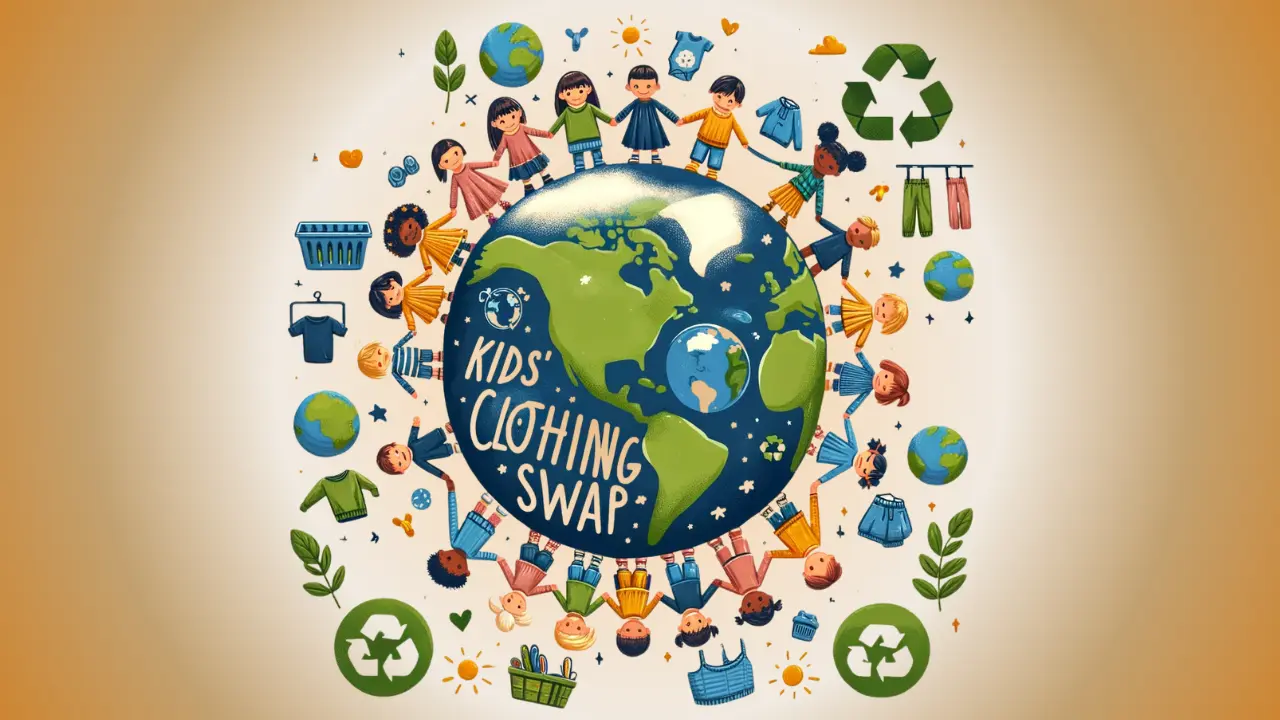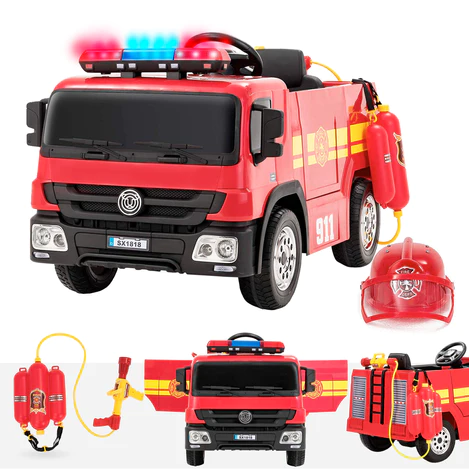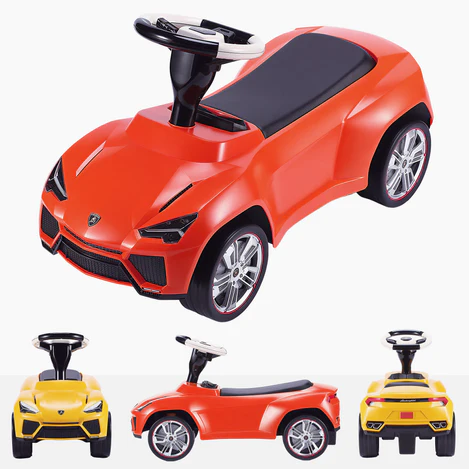Have you ever looked at your child’s wardrobe and wondered where all these barely worn clothes came from, especially when you’re trying to save on kids’ clothing?
If this has got you nodding in agreement, then welcome to the world of kids’ clothing swaps – an ingenious solution to a problem faced by parents everywhere.
Clothes swapping has gained significant popularity as a sustainable and eco-friendly practice. According to the WRAP Valuing Our Clothes report, 38 million new clothing items are bought every week in the UK, with 11 million ending up in landfills.
Research shows that extending the life of clothes by 9 months reduces their environmental impact by 25%.
A clothing swap is not just an event; it’s a community-driven way to refresh your child’s wardrobe without spending a penny.
Table of Contents
ToggleWhy Consider a Clothing Swap?
The benefits are clear and impactful.
Clothing swaps are more than just exchanging garments; they’re about embracing sustainable fashion, reducing landfill waste, and fostering a sense of community among parents, particularly mothers.
It’s an eco-friendly and economical way to keep up with how quickly our little ones grow.
Organising a Kids' Clothing Swap
Choosing the right time and participants
Timing is everything. The end of a season is ideal for a clothing swap. It’s the moment when parents are looking to clear out outgrown clothes and bring in new sizes.
When inviting families, consider the age range of the children to ensure a variety of sizes and styles.
Setting up the space
When setting up the space for your clothing swap, the key is to create an environment that is inviting and easy to navigate.
Start by designating different areas for various age groups and clothing types, like one section for baby clothes and another for toddlers.
Make sure the space is accessible for all, including parents with prams or those with disabilities.
Use bright, friendly decorations to craft a welcoming atmosphere and clear signage to guide participants to different sections.
Don’t forget to consider safety and comfort, perhaps by providing a safe, enclosed area for children to play, allowing parents to browse with peace of mind, and setting up comfortable seating areas for breaks.
Younger audiences, with 75% of 16-24-year-olds polled, have shown interest in or have already participated in clothes swapping.
Clothes-swapping events, also known as ‘Swishing,’ involve attendees bringing clothing they no longer want and exchanging them with others, promoting sustainability and reducing waste.
Preparing Your Items for a Swap
Sort and select with care
Begin by sorting through your child’s clothes.
Set aside items they’ve outgrown or no longer wear.
Aim for quality – choose clothes that are gently used, without stains or tears.
Remember, if it’s not in a condition you would happily receive, it’s not swap-worthy.
Clean and presentable
The way you present your items can significantly impact their appeal.
Start by ensuring all items are freshly laundered, stain-free, and without odors.
For items that can’t be washed, like shoes, a good wipe and polish can do wonders.
Pay attention to small details – mend minor damages like small tears or missing buttons, as this can greatly increase an item’s desirability.
Ironing clothes can also make a significant difference, indicating that you value the item’s condition, making it more attractive to others.
Organise for ease
Organising your items thoughtfully can make the swap process smoother for everyone.
Categorise clothes not just by size but also by type, such as separating casual wear from formal wear or summer clothes from winter ones.
Clearly labeling items, especially those not in standard sizes, helps others quickly find what they are looking for.
When presenting clothes, aim for an appealing arrangement.
Neatly folded garments or those hung on hangers make browsing easier and more enjoyable.
If you have original packaging for items like shoes or accessories, include it to enhance the item’s perceived value and appeal.
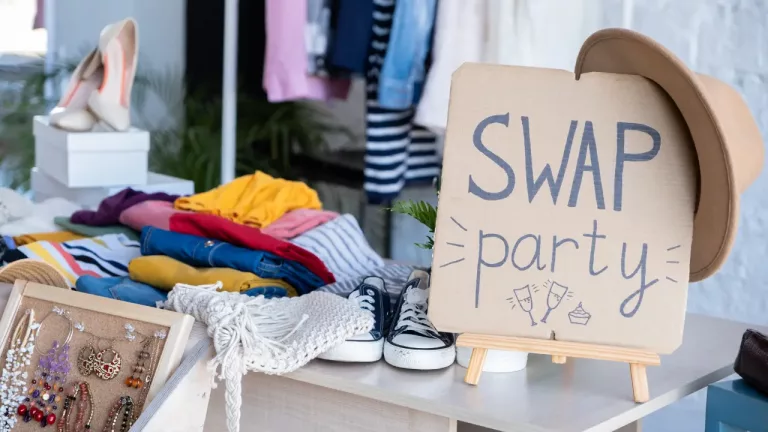
The Perks of Kids' Clothing Swaps
Financial benefits
Imagine updating your child’s wardrobe without touching your wallet – that’s the magic of a clothing swap.
It’s about smart parenting – getting what your child needs while keeping the family budget in check.
Environmental impact
By participating in a clothing swap, you’re taking a stand against the fast-fashion industry.
It’s a small yet powerful way to reduce waste and promote sustainable practices.
Community building
It’s not just about the clothes; it’s about the connections made.
These events are a fantastic way to meet other parents, share experiences, and even forge lasting friendships.
Hosting a Successful Kids' Clothing Swap
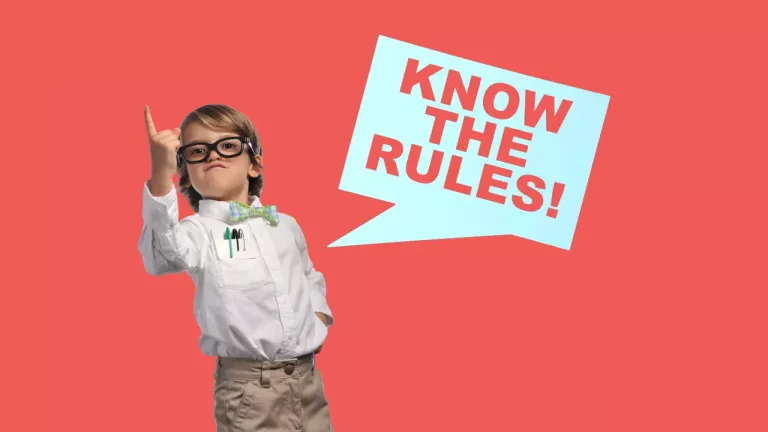
Setting the rules
Clarity is key.
Ensure everyone knows to bring clean, gently worn items.
It’s about quality, not quantity.
Beyond clothing
While clothing is often the focus of these swaps, considering including other children’s items can add more value and interest to the event.
Expanding the swap to include shoes, bags, accessories, and even books and toys can cater to a wider range of needs and interests.
This not only gives parents a chance to declutter more comprehensively but also provides the opportunity to find those extra items that can complete an outfit or entertain their child.
Including a variety of items can make the event more appealing and useful to participants, offering a broader range of items to swap and enjoy.
Tips for Efficient Swap Day Management
- Set up for success: Arrive early to set up your space. Clearly mark sections for different sizes and types of items. If possible, provide mirrors and a try-on area. Good signage can guide participants and create a smooth flow.
- Managing the crowd: If you’re expecting a large turnout, consider having a check-in system. You can use a simple token or ticket system to manage the number of items each participant brings and takes. This keeps the swap fair and organised.
- Create a friendly atmosphere: Create a welcoming environment. Background music, some light refreshments, and a designated area for parents to chat can make the swap more enjoyable. It’s not just about the clothes; it’s about the experience.
Follow-up After the Event
Gather feedback

After your clothing swap event, taking the time to gather feedback from participants is invaluable.
Engage with them through a simple survey or through informal conversations to understand their experiences.
Ask what they enjoyed, what could be improved, and any suggestions they might have for future events.
This feedback is a goldmine of information that can help refine the process, making each swap more successful than the last.
It’s also a way to make participants feel heard and valued, which can encourage them to join future swaps.
Share the success
Once the event concludes, don’t miss the opportunity to celebrate and share its success.
If the participants agree, share photos, stories, or interesting anecdotes from the event on community boards, social media, or your organisation’s website.
This not only acknowledges and thanks those who took part but also serves to inspire and attract others to future events.
Sharing success stories creates a narrative around the event, showcasing its benefits and the positive impact it has on the community, the environment, and individual families.
It’s about creating a ripple effect – one successful swap leading to more interest, more participation, and greater community engagement.
Encouraging Sustainability
Educating on sustainable fashion
Use this opportunity to discuss the impact of the fashion industry on the environment.
Emphasise how clothing swaps give garments a second life.
The bigger picture
Highlight the role these swaps play in reducing the need for new clothing production.
It’s about making a positive impact on the planet, one swap at a time.
Creative Ways to Handle Leftover Items
Charity donations
Partner with local charities to donate leftover items.
It’s a great way to support the community and ensure the clothes benefit those in need.
Organise a second swap
Sometimes, scheduling another swap shortly after the first can help move leftover items.
This can be particularly effective if you widen the invite list or collaborate with other local groups.
Upcycling workshops
Organise or suggest a workshop where parents and kids can learn to upcycle clothes.
This can be a fun way to transform leftover items into something new and unique.
Engaging Your Community Online for Broader Reach
Use social media wisely
Create a Facebook group or use other social platforms to share updates, tips, and future swap dates.
Engaging content like swap stories or upcycling ideas keeps the community active and informed.
Virtual swaps
Consider organising virtual swaps, especially for those who cannot attend in person. This can be done through social media groups where participants post items and arrange exchanges.
Building an online community
Encourage participants to share their experiences and tips online.
A strong online community can support each other beyond the swap event, fostering a continuous culture of sustainable fashion.
Wrapping Up:
Kids’ clothing swaps are much more than just a cost-effective way to update your child’s wardrobe.
They embody a sustainable, community-driven approach to parenting.
These events are not just about swapping clothes; they’re about reducing waste, fostering sustainable habits, and building community bonds.
The impact of a clothing swap extends beyond the event itself.
It lies in the community connections formed, the feedback collected, and the success stories shared.
These moments build a narrative of shared experiences and mutual support.
Embrace the power of clothing swaps to teach your children about sustainability and community.
By participating in these events, you’re contributing to a more environmentally conscious and connected community.
Let’s start making a difference, one swap at a time!
FAQ's:
When considering items for different age groups, focus on the typical needs and sizes for each age. For babies and toddlers, include items like onesies, soft toys, and baby gear. For older children, consider seasonal clothing, school uniforms, and age-appropriate books and games. Always ensure items are safe and age-appropriate.
Utilise local community boards, social media groups, and school newsletters to reach parents. Creating eye-catching flyers to distribute at local playgroups, nurseries, and community centres can also be effective. Word-of-mouth is powerful, so encourage participants to spread the word.
Implement a token system where each item brought to the swap earns a token, which can then be exchanged for a different item. Alternatively, use a ‘one-for-one’ rule to ensure fairness. Clearly communicate the rules before the event to set expectations.
Check with your local council regarding any permits or permissions needed, especially if you’re using public space like a park or community hall. Ensure you adhere to health and safety regulations and have a plan for first aid and emergency situations.
